Speaking on Sunday morning, Vice President JD Vance stated that the Saturday U.S. air strikes on Iran had “set their nuclear program back substantially.” His comments came soon after President Donald Trump said that the operation had “completely obliterated” key nuclear facilities in the country. Satellite images of bombed buildings and cratered mountainsides certainly give credence to these claims.
But these statements from Vance and Trump are far too confident. In reality, Iran can likely reconstitute its program rapidly — perhaps in a year or so. What’s more, after the U.S. strikes, there is also now a real danger that Tehran will make the decision to go further than enriching and amassing uranium and actually build a bomb.
Chairman of the Joint Chiefs of Staff, Gen. Dan Caine, stated that all three sites targeted by the United States, including Iran’s underground enrichment facility at Fordow, appeared to have sustained “extremely severe damage and destruction,” though he also warned that a final assessment “will take some time.” Even so, Iran probably retains highly enriched uranium, centrifuge components and expertise — a triad that will allow it to reconstitute its program rapidly.
First, it’s unclear how much weapons-grade or near-weapons-grade uranium the strikes even destroyed. According to the International Atomic Energy Agency, Iran had accumulated about 900 pounds of uranium enriched to 60 percent by May 17 — that’s enough for a handful of nuclear weapons after further enrichment. The organization’s director general, Rafael Grossi, has publicly indicated that, before hostilities began, Iran likely moved some or all of this material from the storage facility where it was under IAEA monitoring. Indeed, Vance had hinted hours earlier that that the material was still in Iranian hands.
Iran has a decent shot at keeping that highly enriched uranium safe and secret. Such material is typically stored in small cylinders that are roughly the same size and shape as scuba tanks. Tracking them will be extremely difficult — even for the United States and Israel, despite their exquisite intelligence capabilities.
The equipment to further enrich this material is also likely still at Iran’s disposal. Even if Israel has destroyed all of its centrifuge production facilities (and that’s far from certain), Iran has a large stockpile of centrifuge components. The IAEA lost the ability to monitor these components when the Joint Comprehensive Plan of Action — aka the Iran Nuclear Deal — fell apart following the United States’ withdrawal in 2018. Like highly enriched uranium itself, centrifuge components are small, easy to move and difficult to detect.
Moreover, given that Iran evacuated key facilities before the U.S. strikes, most of Iran’s cadre of skilled scientists and technicians have presumably survived. Starting with uranium enriched to 60 percent and just 100 or 200 operating centrifuges, they could likely produce enough weapons-grade uranium for a bomb in just a few weeks.
The required facility would be much smaller than Fordow (which was designed for a few thousand centrifuges), let alone Natanz (designed for tens of thousands). It could be hidden in plain sight in a small industrial facility built for some other purpose or buried inside a taller mountain than the one that housed Fordow. Iran may not start construction of such a facility right away since its immediate focus is likely to be keeping its material, equipment and personnel as secure as possible. Once it gives the go-ahead, however, Iranian technicians could likely get a facility of this size up and running within a year — quite possibly rather more quickly given the speed at which they have recently been able to get centrifuges operational.
To make matters worse, the U.S. and Israeli strikes may have increased Iran’s resolve to proliferate. For over 20 years, Iran appears to have wanted the capability to acquire nuclear weapons at short notice but not the weapons themselves. Ahead of the U.S. attack, however, the intelligence community reportedly assessed that striking Fordow would likely induce Tehran to make the political decision to build the bomb.
If Tehran does make that decision, it will need to “weaponize” its highly enriched uranium — turn it into a functional, deliverable bomb. There has reportedly been disagreement between the United States and Israel, and also within the U.S. government, over how long this would take. Spy agencies’ most optimistic estimate, from the United States’ perspective, is about a year. Since Iran’s efforts to produce highly enriched uranium and design a nuclear weapon could largely run in parallel, the weaponization process is unlikely to slow Iran’s acquisition of a nuclear weapon by all that much.
This estimate — that, even after U.S. air strikes, Iran might be able to produce a nuclear weapon within a year from the decision to start — is just that: an estimate. There’s plenty of uncertainty. But it’s a median estimate, neither the best nor the worst case.
The worst case is that Iran already has a secret operational enrichment facility, a nearly mature design for a nuclear weapon and can manufacture one in a few months.
The best case, which is far from the most likely, is that further military action destroys Iran’s stockpiles of highly enriched uranium and centrifuge components. Even this outcome is hardly good, however. Because Iran retains knowledge and expertise, it could likely rebuild its entire nuclear program in a few years. This should be no cause for celebration; critics attacked the Iran Deal because (in their overly simplistic narrative) its limits lasted a mere 10 to 15 years.
I want to be wrong. I hope that Iran will now accept a comprehensive, verifiable and permanent denuclearization agreement. Better still, I hope that the current regime is replaced by a liberal, transparent, Western-oriented democracy whose nonproliferation promises are as credible as New Zealand’s. Yet, these outcomes seem highly unlikely. Iran has stated, all too credibly, it will cut back on its cooperation with the IAEA and has even threatened Grossi. Moreover, even if the current regime collapses, it is likely to be replaced by one that is similarly, if not more, deleterious to Western interests. President Trump’s declaration of victory risks becoming a “mission accomplished” moment.
.png)





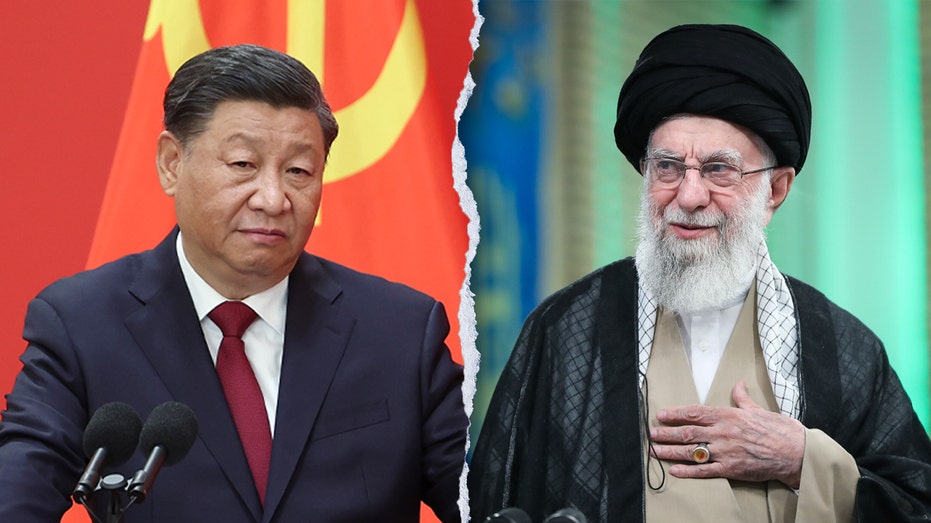
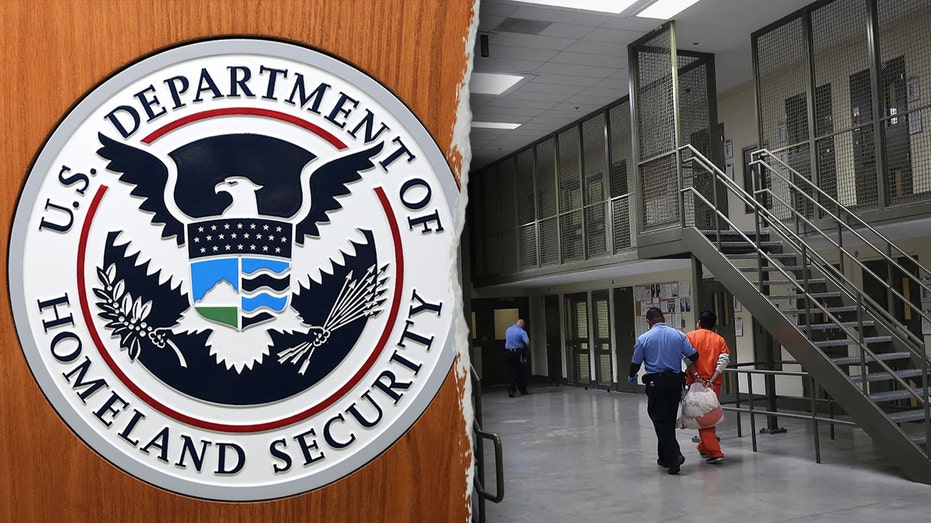


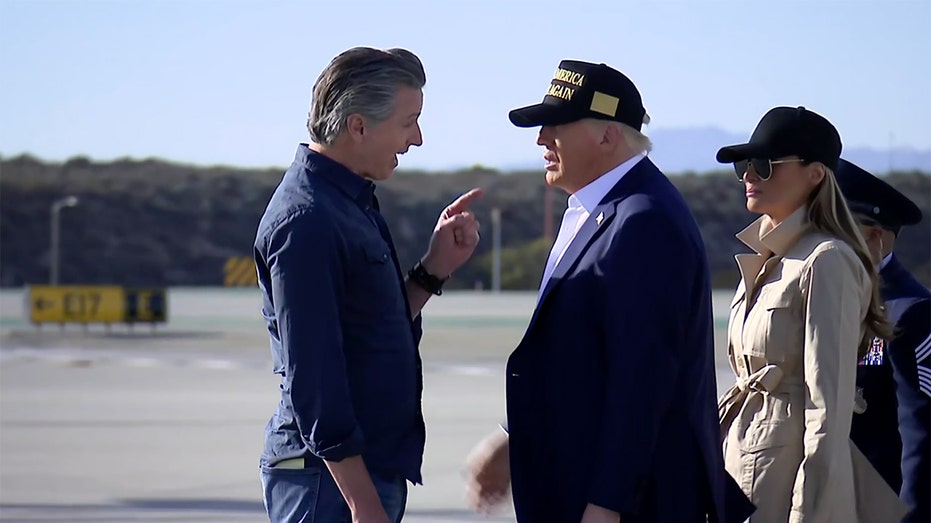
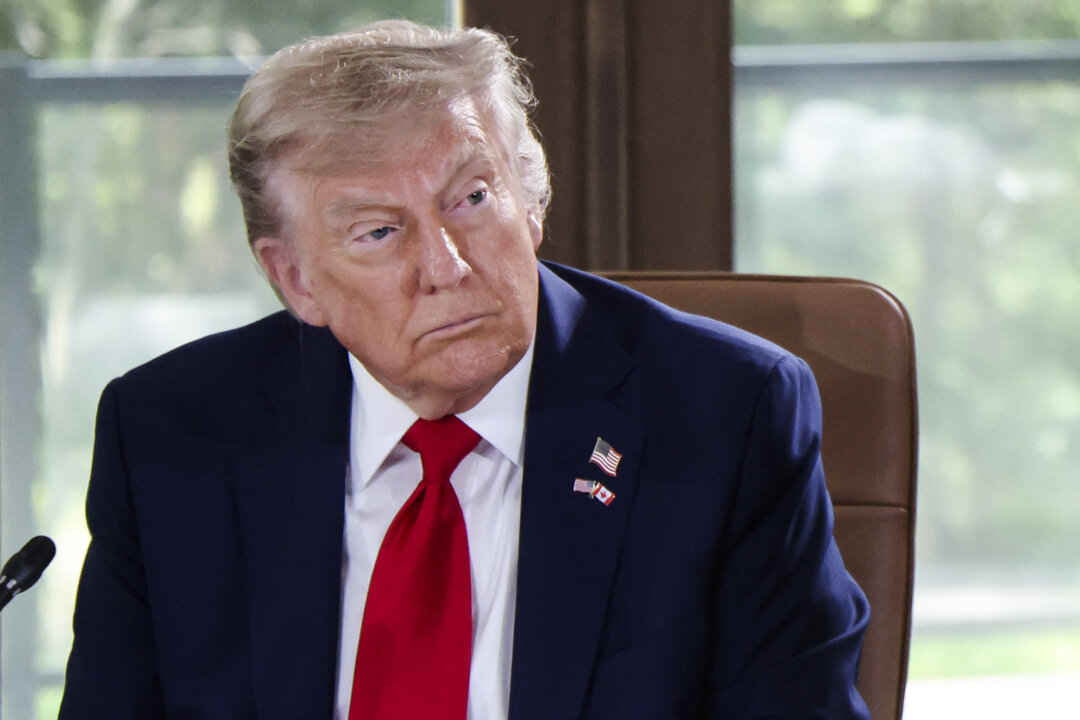
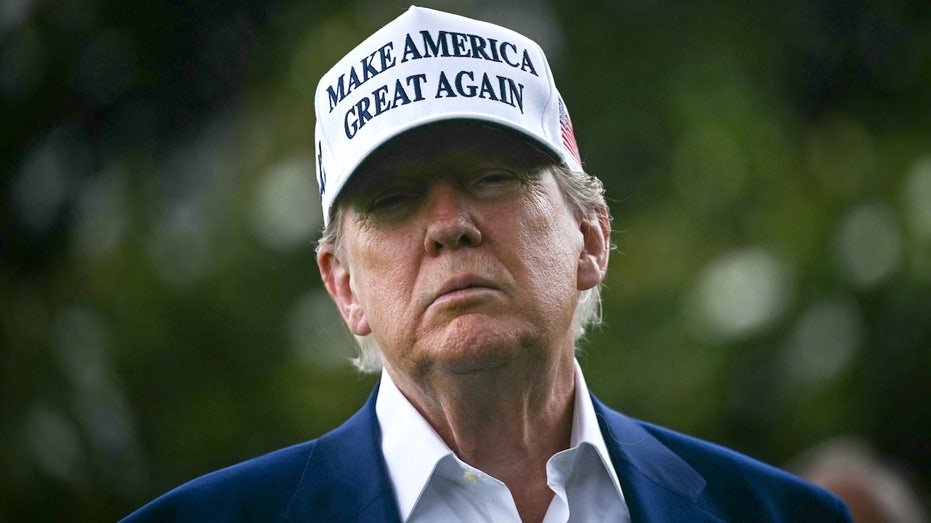


 English (US)
English (US)